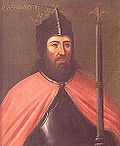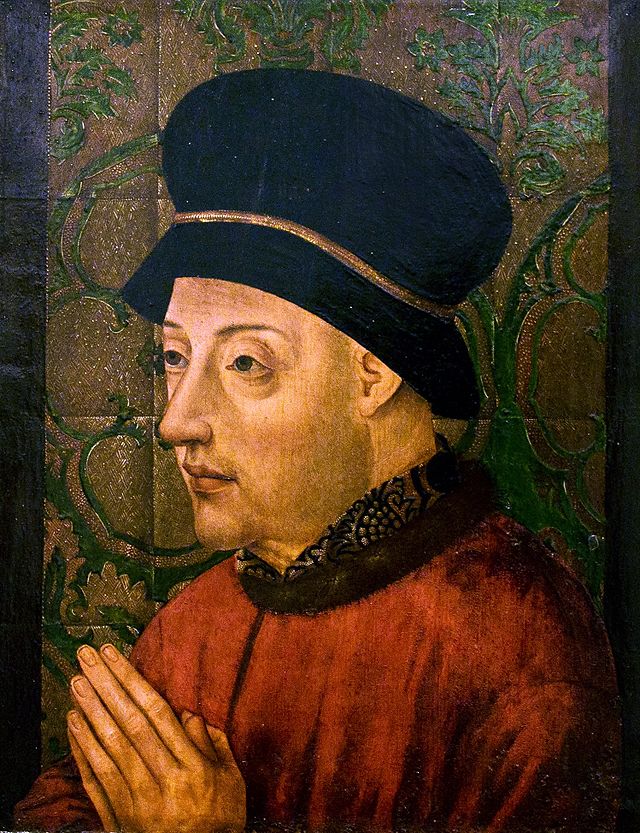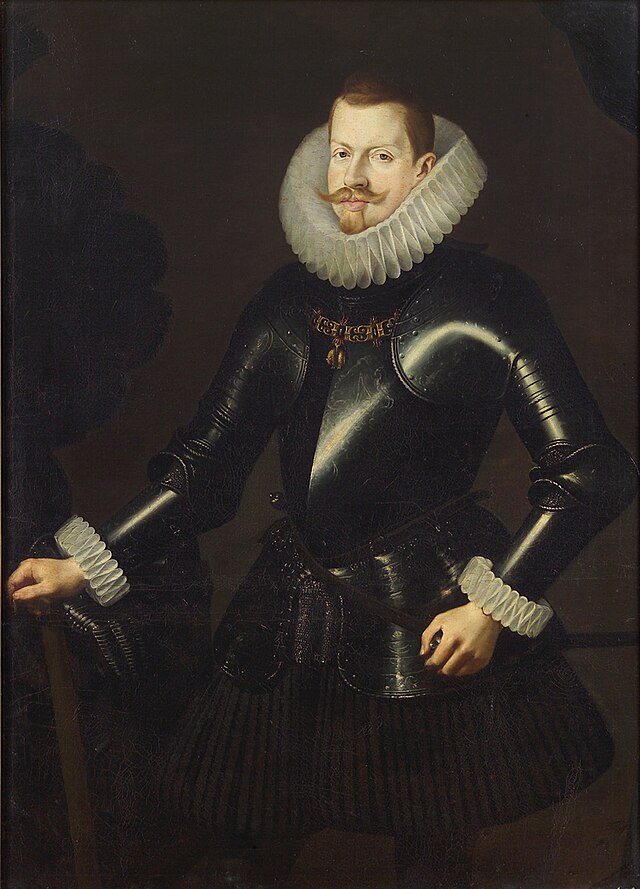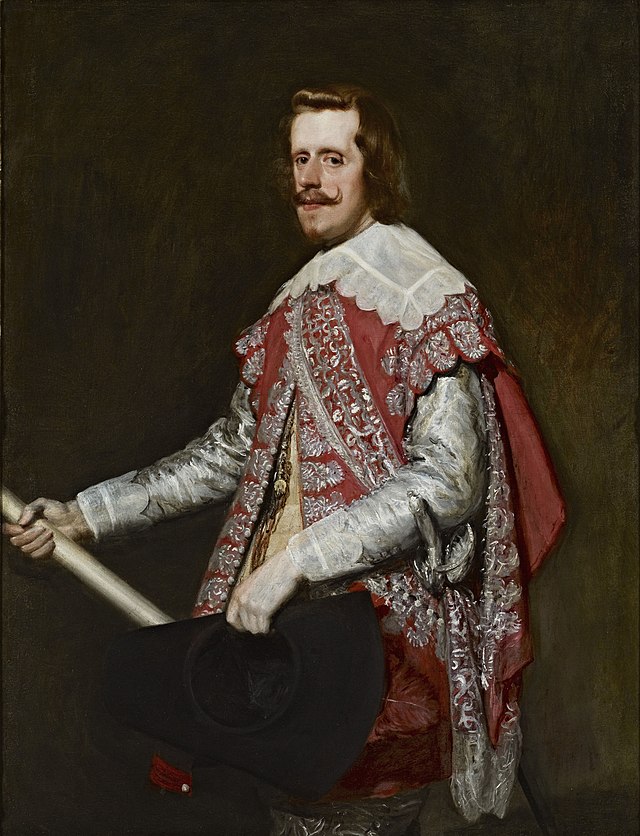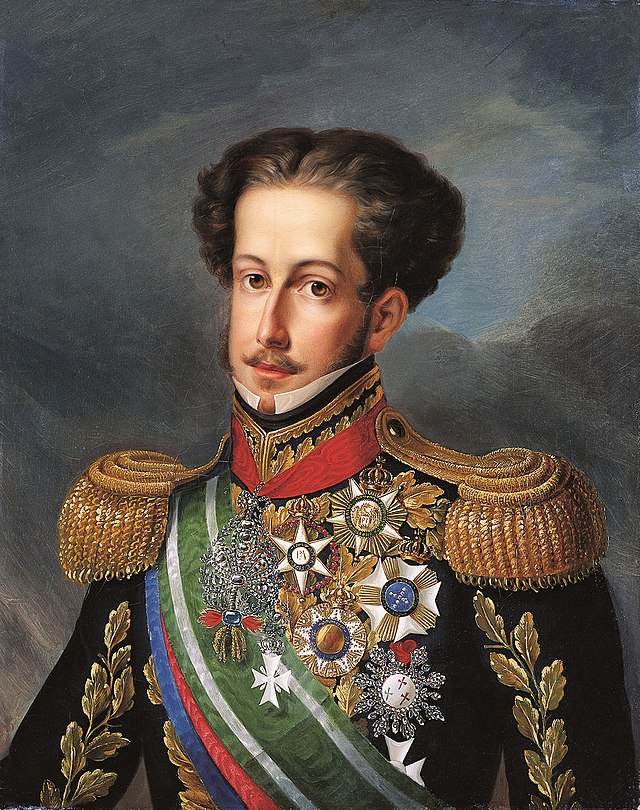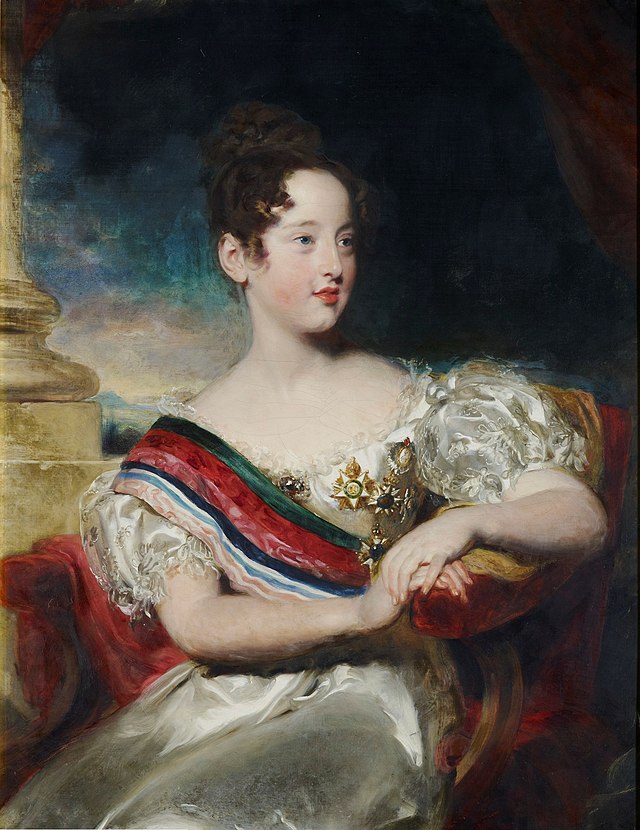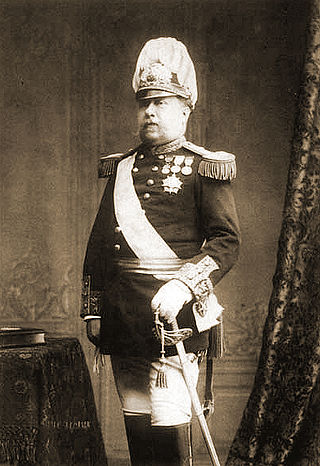Top Qs
Timeline
Chat
Perspective
List of Portuguese monarchs
From Wikipedia, the free encyclopedia
Remove ads
This is a list of Portuguese monarchs who ruled from the establishment of the Kingdom of Portugal, in 1139, to the deposition of the Portuguese monarchy and creation of the Portuguese Republic with the 5 October 1910 revolution.
Through the nearly 800 years in which Portugal was a monarchy, the kings held various other titles and pretensions. Two kings of Portugal, Ferdinand I and Afonso V, claimed the crown of Castile and waged wars in order to enforce their respective claims. Ferdinand I managed to be recognized as King of Galiza in 1369, although his dominance of the region was short-lived. When the House of Habsburg came into power, the kings of Spain, Naples, and Sicily also became kings of Portugal. The House of Braganza brought numerous titles to the Portuguese Crown – some honorary, such as the attribution of the title of Rex Fidelissimus (His Most Faithful Majesty), and royal titles, such as King of Brazil and then de jure Emperor of Brazil.
After the demise of the Portuguese monarchy, in 1910, Portuguese monarchists launched a counter-revolution known as the Monarchy of the North, in 1919, though the attempted restoration only lasted a month before destruction. With Manuel II's death, the Miguelist branch of the house of Braganza became the pretenders to the throne of Portugal, and have all been acclaimed king of Portugal by monarchist groups.
Throughout Portugal's history as an independent kingdom, it was ruled by a total of 4 royal houses:
- House of Burgundy (or Afonsine Dynasty, 1139–1383)
- House of Aviz (or Johanine Dynasty, 1385–1580)
- House of Habsburg (or Philippine Dynasty, 1581–1640)
- House of Braganza (or Brigantine Dynasty, 1640–1910)
The House of Burgundy actually held the title of Count of Portugal beginning in 1096. However, all but the most comprehensive lists of Portuguese monarchs exclude such pre-independence figures.
Remove ads
House of Burgundy (Afonsine Dynasty, 1139–1383)
Summarize
Perspective
The Portuguese House of Burgundy (Portuguese: Casa de Borgonha) was established in 1093 under Henry, Count of Portugal ruled the feudal County of Portugal, of the Kingdom of Galicia. When Afonso Henriques was proclaimed King of Portugal by his troops in 1139, he turned the family from a comital house to a royal house which would rule Portugal for over two centuries, establishing the Afonsine Dynasty (Dinastia Afonsina). During the Reconquista, the Afonsine Dynasty expanded the country southwards until the definitive conquest of Algarve with Sancho II and the establishment of the Kingdom of Algarve, in 1249, under Afonso III. When Ferdinand I died, an interregnum occurred between 1383 and 1385. Ferdinand's daughter Beatrice of Portugal was proclaimed queen and her husband John I of Castile proclaimed king by the right of his wife. Her legitimacy as a monarch is disputed.[1][2]
Remove ads
House of Aviz (Johanine Dynasty, 1385–1580)
Summarize
Perspective
The House of Aviz (Portuguese: Casa de Avis), succeeded the House of Burgundy as the reigning house of the Kingdom of Portugal. The house was founded by John, Master of Aviz, thus establishing the Johanine Dynasty (Dinastia Joanina). When King John II of Portugal died without an heir, the throne of Portugal passed to his cousin, Manuel, Duke of Beja. When King Sebastian of Portugal died, the throne passed to his Grand-uncle, Henry of Portugal (he might be called Henry II because Henry, Count of Portugal, father of Alphonso I of Portugal, was the first of that name to rule Portugal). When Henry died, a succession crisis occurred and António, Prior of Crato, was proclaimed António of Portugal.
Remove ads
House of Habsburg (Philippine Dynasty, 1581–1640)
Summarize
Perspective
The House of Habsburg (Portuguese: Casa de Habsburgo, Casa da Áustria) ruled Portugal from 1581 to 1640. The dynasty began with the acclamation of Philip II of Spain as Philip I of Portugal in 1580, officially recognized in 1581 by the Portuguese Cortes of Tomar. Philip I swore to rule Portugal as a kingdom separate from his Spanish domains, under a personal union known historiographically as the Iberian Union. Following the convention of Portuguese dynasties being named after their first king, this dynasty is named the Philippine Dynasty (Dinastia Filipina), an especially apt name given all Habsburg monarchs of Portugal would bear the name "Philip".
House of Braganza (Brigantine Dynasty, 1640–1910)
Summarize
Perspective
The House of Braganza (Portuguese: Casa de Bragança) came to power in 1640, when John II, Duke of Braganza, claimed to be the rightful heir of the defunct House of Aviz, as he was the great-great-grandson of King Manuel I. John was proclaimed King John IV, and he deposed the House of Habsburg in 1640 during the Portuguese Restoration War. The Habsburgs continued to claim the throne of Portugal until the end of the war in the Treaty of Lisbon (1668). Unlike other dynasties, it is not dubbed after its founder (as John IV shares a first name with John I), instead being named called the Brigantine Dynasty (Dinastia Brigantina, “Brigantine” meaning “from Braganza”).
The descendants of Queen Maria II and her consort, King Ferdinand II (a German prince of the House of Saxe-Coburg and Gotha), came to rule in 1853. Portuguese law and custom treated them as members of the House of Braganza, though they were still Saxe-Coburg and Gotha dynasts. This has led some to classify these last four monarchs of Portugal as members of a new royal family, called the House of Braganza-Saxe-Coburg and Gotha (Casa de Bragança-Saxe-Coburgo e Gota), though this view is not widely held.
Remove ads
Length of reign
Summarize
Perspective
Remove ads
See also
- List of Portuguese royal consorts
- List of viceroys of Portugal
- List of titles and honours of the Portuguese Crown
- Style of the Portuguese sovereign
- List of monarchs of Brazil
- Families
Notes
- Only officially, agnatically a member of the House of Saxe-Coburg and Gotha-Koháry, an arrangement sometimes referred to as the House of Braganza-Saxe-Coburg and Gotha. "While remaining patrilineal dynasts of the Duchy of Saxe-Coburg and Gotha according to pp. 88, 116 of the 1944 Almanach de Gotha, Title 1, Chapter 1, Article 5 of the 1838 Portuguese constitution declared, with respect to Ferdinand II of Portugal's issue by his first wife, that 'the Most Serene House of Braganza is the reigning house of Portugal and continues through the Person of the Lady Queen Maria II'. Thus their mutual descendants constitute the Coburg line of the House of Braganza"
Remove ads
References
Further reading
External links
Wikiwand - on
Seamless Wikipedia browsing. On steroids.
Remove ads








